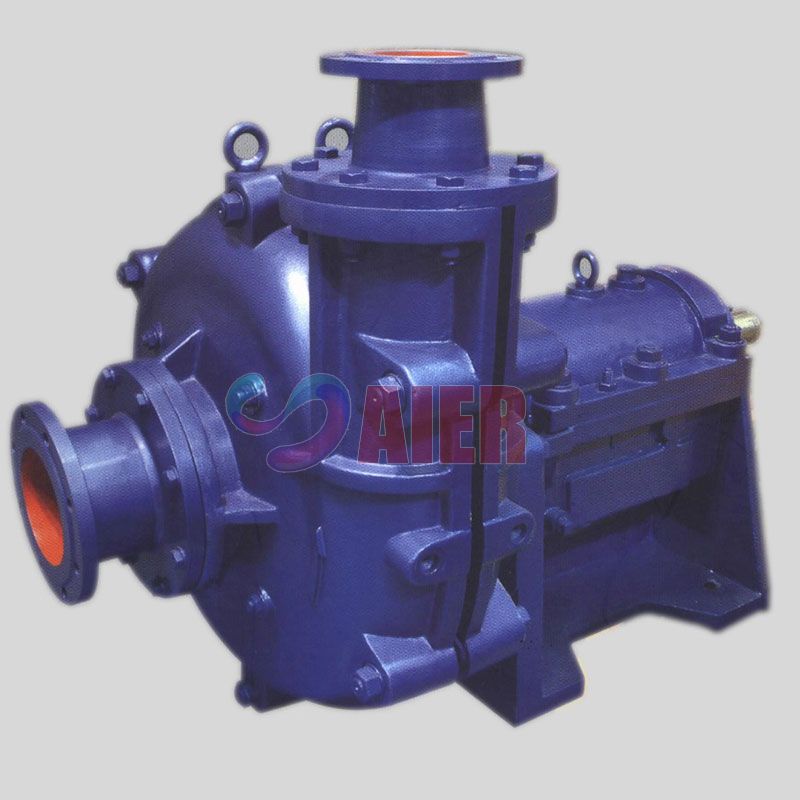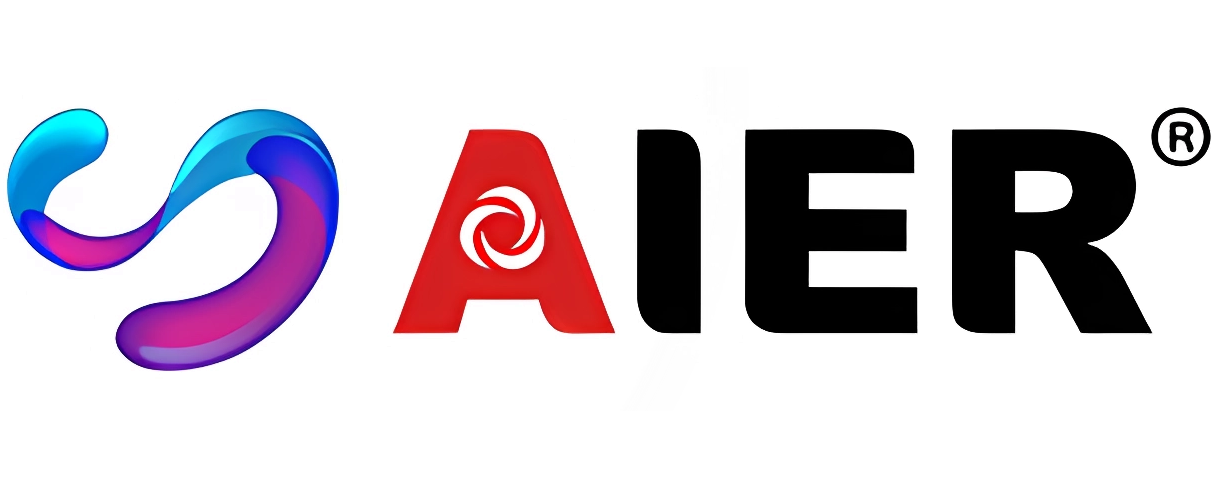Oct . 15, 2024 13:32 Back to list
Wholesale Slurry Pump Replacement Rubber Parts and Accessories for Efficient Performance
Understanding Wholesale Slurry Pump Spare Parts The Role of Rubber Components
In various industries, slurry pumps play a crucial role in transporting abrasive and corrosive materials. These pumps are designed to handle mixtures of solids and liquids, making them essential in sectors such as mining, construction, and wastewater treatment. However, even the most durable slurry pumps require maintenance and periodic replacement of spare parts to ensure optimal operational efficiency. Among these parts, rubber components are particularly important due to their unique properties and functions.
The Importance of Rubber Parts in Slurry Pumps
Rubber parts in slurry pumps serve critical functions, including sealing, cushioning, and providing wear resistance. The most common rubber components found in slurry pumps include gaskets, wear rings, impeller liners, and O-rings. Each of these components has specific roles that significantly impact the pump's performance and longevity.
1. Gaskets Gaskets are used to create a seal between two surfaces, preventing leaks and ensuring that the slurry remains contained within the pump system. High-quality rubber gaskets can withstand extreme temperature and pressure variations, which is crucial for maintaining operational integrity.
2. Wear Rings Wear rings are designed to protect the pump casing and impeller from excessive wear caused by the abrasive nature of the slurry. Rubber wear rings can absorb vibrations and shocks, extending the lifespan of both the pump and the rubber components themselves.
3. Impeller Liners The impeller is one of the most critical parts of a slurry pump, responsible for moving the slurry through the system. Rubber impeller liners provide a flexible yet durable barrier against abrasion, which is essential for maintaining efficiency and minimizing downtime.
4. O-Rings These circular rubber seals are used in various locations throughout the pump to prevent leaks. O-rings need to be both chemically resistant and capable of maintaining flexibility over time, as they endure constant motion and exposure to harsh materials.
wholesale slurry pump spare parts rubber parts

Choosing Quality Rubber Spare Parts
When it comes to replacing rubber components in slurry pumps, quality is paramount. Using substandard parts can lead to faster wear, pump failure, and costly downtime. Here are a few considerations when sourcing wholesale slurry pump spare parts, particularly rubber components
- Material Selection Ensure that the rubber parts are made from high-quality materials that can withstand the specific chemical and physical conditions of the slurry being pumped. Options like natural rubber (NR), nitrile rubber (NBR), and neoprene are popular choices, each offering unique properties suited for different applications.
- Supplier Reputation Choose suppliers known for high-quality products and excellent customer service. A reputable supplier will provide detailed specifications for their rubber parts, including compatibility with various slurry compositions and operating conditions.
- Customization Depending on the unique requirements of your slurry pump system, you may need custom rubber parts. Many suppliers offer custom fabrication services, allowing you to specify dimensions, materials, and other features to match your specific needs.
- Inventory Management For businesses operating multiple slurry pumps, maintaining an inventory of essential spare parts, including rubber components, is critical. Wholesale purchasing can significantly reduce costs and ensure that you have a ready supply of parts when needed.
Conclusion
In conclusion, rubber parts are critical to the efficient operation of slurry pumps, playing essential roles in sealing, cushioning, and wear protection. As industries increasingly rely on these pumps to transport challenging materials, ensuring the quality and availability of spare parts becomes paramount. By sourcing high-quality wholesale rubber components and maintaining a strategic inventory, businesses can minimize downtime, enhance operational efficiency, and extend the life of their slurry pump systems. Careful consideration of material properties and supplier reputation will ultimately contribute to the long-term success of slurry pump operations.
-
Top Submersible Pump Companies High Quality Manufacturers & Suppliers in China
NewsJul.08,2025
-
High Quality Seal for 5 Inch Dredge Pump Reliable China Manufacturer & Supplier
NewsJul.08,2025
-
High-Efficiency Slurry Sand Pump from Leading China Manufacturer – Durable & Reliable Solutions
NewsJul.07,2025
-
High-Quality Slurry Pump Made in China Durable Steel Mill Slurry Pump & Parts
NewsJul.07,2025
-
High Quality Excavator Dredge Pump Manufacturer & Suppliers from China – Reliable, Durable, Efficient Solutions
NewsJul.07,2025
-
Wholesale Slurry Pump Closed Impeller Supplier High Efficiency China Slurry Pump Closed Impeller
NewsJul.06,2025
